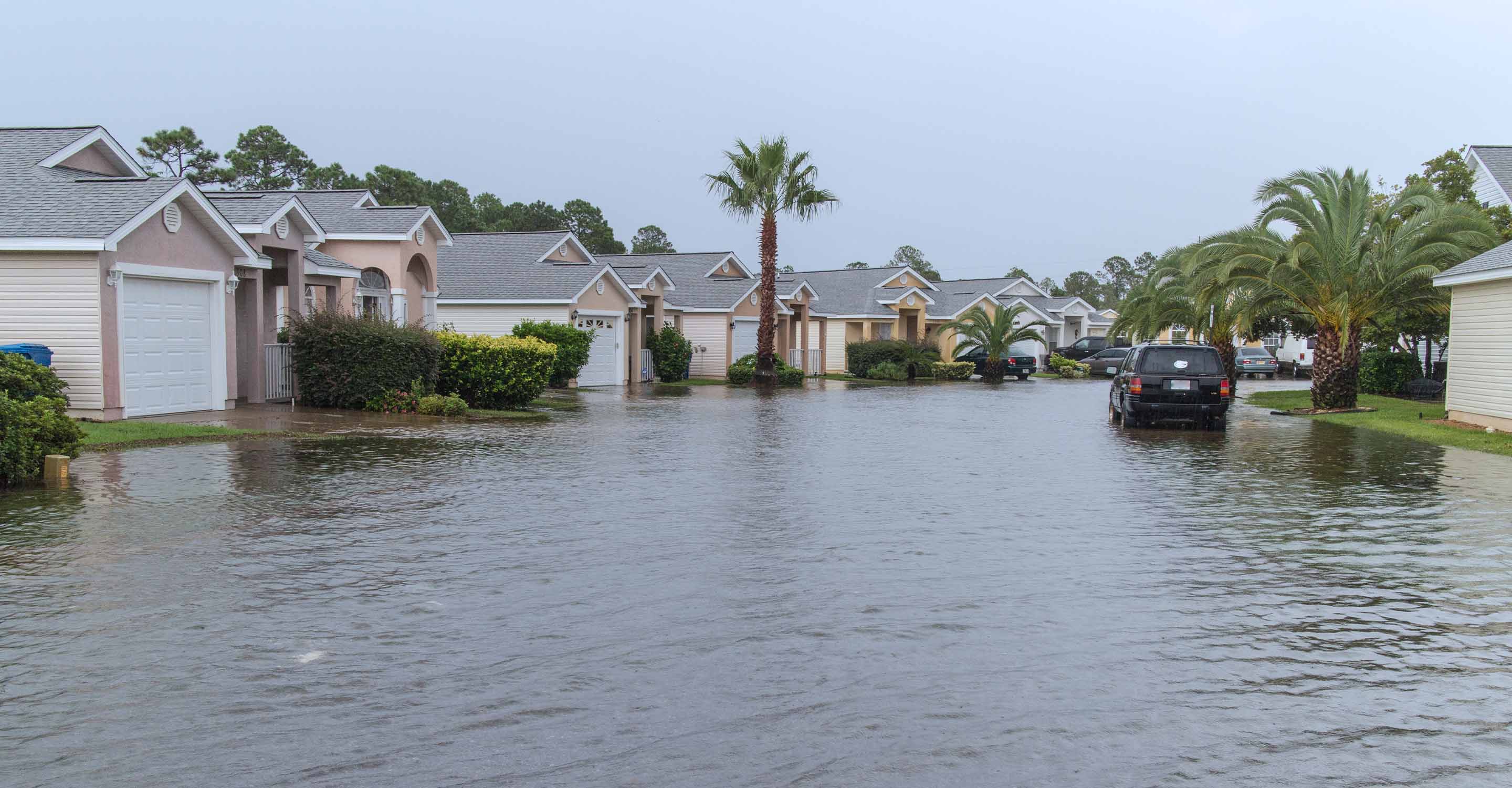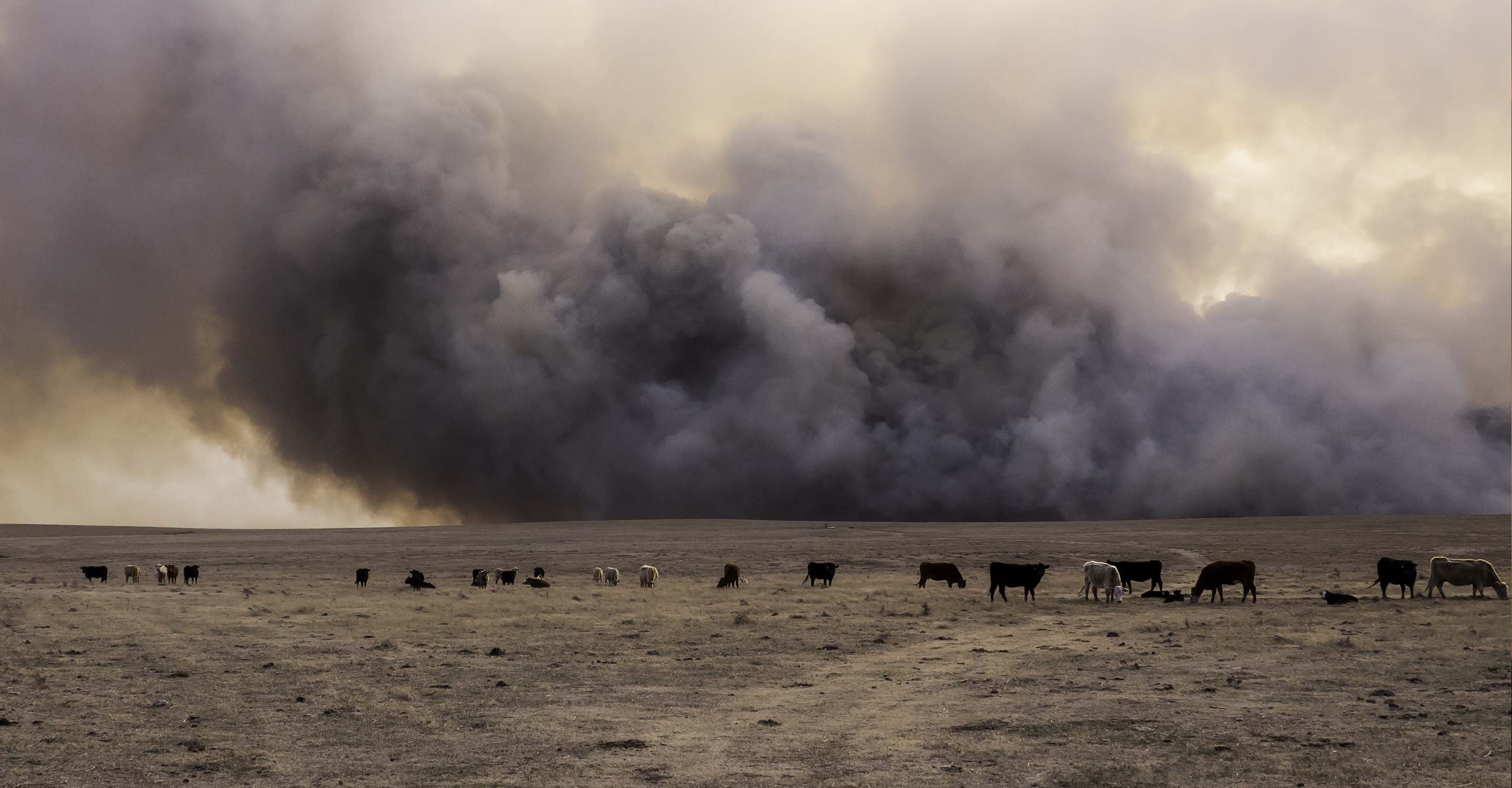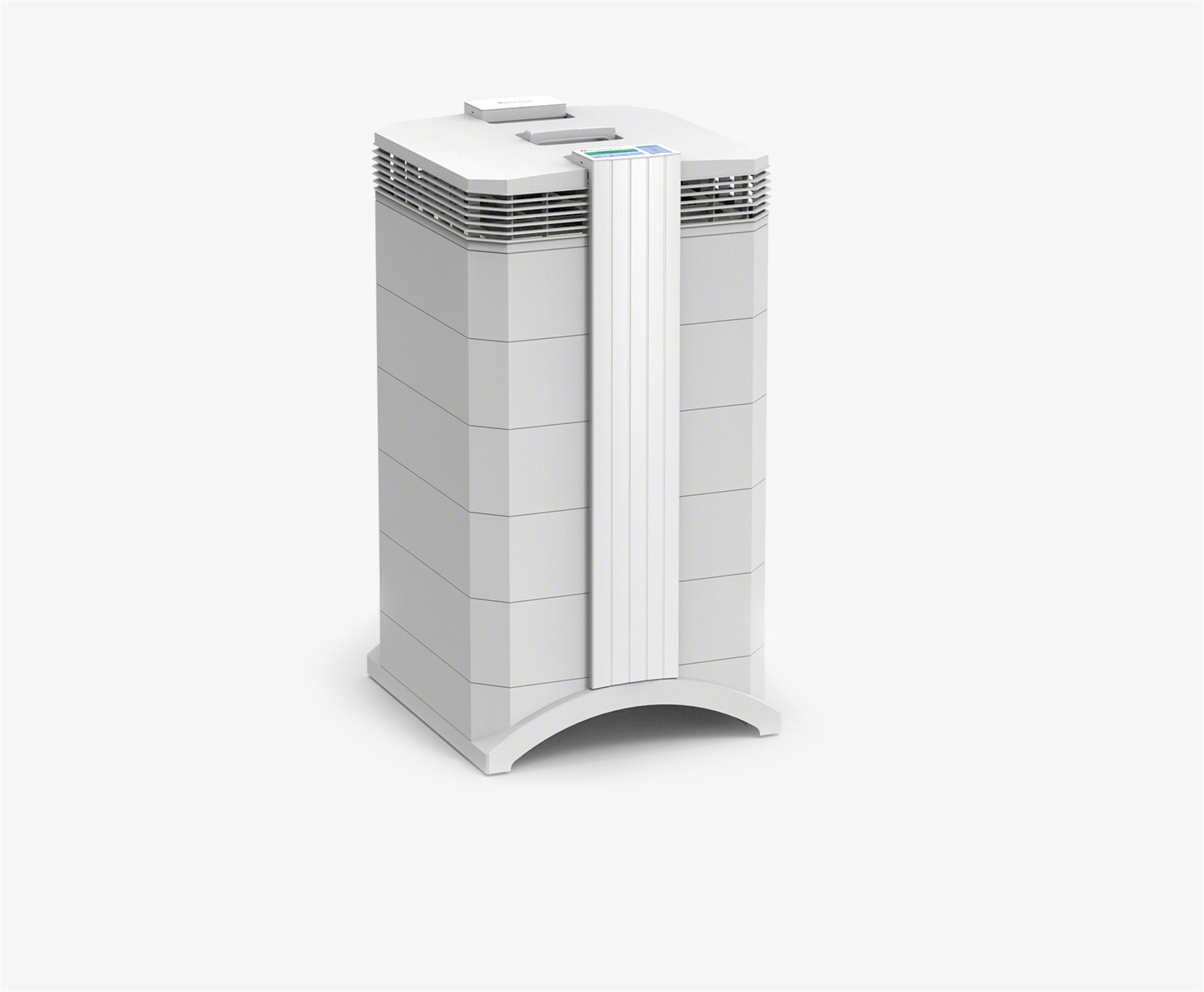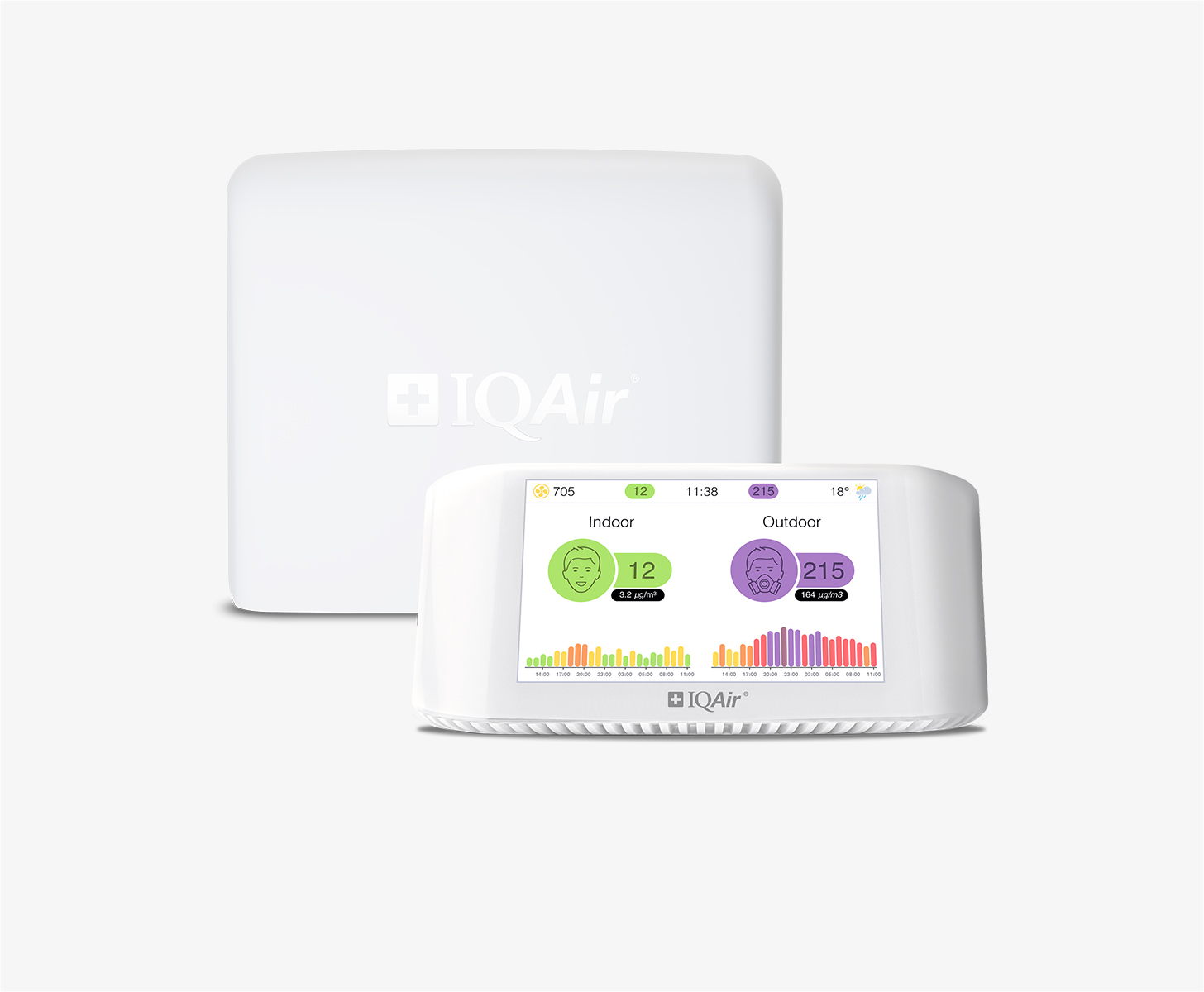Kawasaki air quality map
Live air pollution map of Kawasaki
2.1K people follow this city
Full screen
Contributors
2
Stations
31
Contributors category
2
Government
0
Non-profit organization
0
Educational
0
Corporate
0
Individual
0
Anonymous
Most polluted air quality stations
| # | station | US AQI |
|---|---|---|
| 1 | Kokusho Kawasaki | 55 |
| 2 | Kakiu | 45 |
| 3 | Kawasaki City Hall 4th Office Building | 45 |
| 4 | In front of Ikegami Shinden Park | 41 |
| 5 | Kawasaki City Hall | 41 |
| 6 | Miyamaedaira Station | 41 |
| 7 | Tajimacho | 41 |
| 8 | Fujimi Park | 37 |
| 9 | Ikegami Shinden Park | 37 |
| 10 | Motomura Bridge | 37 |
Health Recommendations
| Enjoy outdoor activities | |
| Open your windows to bring clean, fresh air indoors GET A MONITOR |
community highlight
Kawasaki most followed contributors
Become a contributor
Get an AirVisual Outdoor and contribute to collecting millions of data points for the Kawasaki map to track local air pollution
Understand air pollution and protect yourself
Kawasaki MAP AIR QUALITY ANALYSIS AND STATISTICS
Who can benefit most from air quality maps in Kawasaki?
Those that may benefit the most from using a map that caters to informing users about pollution hotspots in Kawasaki are those that are already suffering from pre-existing health issues or others that find themselves amongst groups that may easily develop further health problems. these include the elderly, as well as those with compromised immune systems, babies, young children, and pregnant mothers. All of these groups, along with even healthy individuals (as no one is entirely safe from pollution exposure, particularly when it is acute or even long term), can benefit from referring to the air pollution map above. If high pollution levels are expected, the map can identify exactly where in Kawasaki the levels are highest and thus may be avoided if possible.
What benefit is there to using air quality maps in Kawasaki?
Along with the city pages in use on the IQAir website, air pollution maps and air quality maps are now available for use in Kawasaki and throughout Japan. They have added features and advantages over the regular city pages, although utilizing both of them can aid greatly in reducing any air pollution-related illnesses, as well as the overall exposure level for the citizens of Kawasaki. Air quality maps use a data feed that is updated throughout the day, and as such can be referred to at any time with consistently updated figures. With many different stations providing this data to the air quality maps in Kawasaki, they can give an accurate measure of which areas of the city have the most polluted air, as well as during which times.
What health issues can be avoided by using air quality maps in Kawasaki?
Air quality maps can indeed provide extremely helpful information, updated constantly throughout the day, and can aid greatly in reducing some of the more prominent diseases and other health issues that arise as a result of excessive pollution exposure. When the US AQI readings are shown to be high in a given area, several different health issues may arise, ranging from more superficial and short-term ones to severe health consequences.
As they have their pollution classification and ratings (as is shown clearly in the color-coding on each reading across the air pollution map in Kawasaki, with the lighter colors indicating the best levels of air quality up to moderately polluted ones, and darker colors indicating unhealthy through to extremely dangerous levels of air pollution), there will be higher chances and risks of people suffering from health issues if they are in an area that is shown on the air quality map as being of a more unhealthy level. Some examples of health issues that may occur when readings on the air pollution maps in Kawasaki are ones such as dry coughs, irritation to the mucous membranes such as the nose, eyes, ears and throat, as well as potential infections of the respiratory tract, particularly when higher amounts of pollution are inhaled over a longer period.
Other more serious issues include those that fall under the chronic obstructive pulmonary disease (COPD) bracket, which can include asthma, bronchitis, emphysema and pneumonia. In regards to how helpful air quality maps and air pollution maps can be in reducing these harmful occurrences, they can show specifically which parts of Kawasaki have the highest levels of pollution (due to certain meteorological and anthropogenic, as well as industrial conditions causing certain parts of the city to be far more polluted than others are), and thus preventative measures can be taken accordingly. If an area shows high US AQI readings on the air quality map, and indeed continues to stay that way over prolonged periods, which is a common sight in areas such as highways and main roads that see a large amount of rush hour traffic, then actions can be taken.
Avoiding certain areas when they have higher readings on the air pollution maps can reduce potential future health problems, as well as reduce the risk of aggravating pre-existing ones. As such, air quality maps can be very helpful in identifying which areas of Kawasaki and indeed any other city in Japan are the most polluted, and measures such as avoiding outdoor activity in said area, or wearing particle filtering masks if outdoor travel cannot be avoided (in the case of daily commutes) will all be extremely helpful in reducing pollution-related illnesses. In closing, whilst Kawasaki like many cities in Japan does not have particularly high levels of air pollution, spikes can and will occur depending on many different factors, and having preventative measures in place, or at least being aware of the air quality can go a long way in helping to reduce any personal harm and protect families of air quality map users in Kawasaki.
Which pollutants are shown on the air quality map in Kawasaki?
Air quality maps can help users to better understand the different types of pollution that citizens will generally come into contact with, on a daily basis. Whilst pollution at any level is something that should be avoided, there are certain pollutants out there that can prove to be far more harmful to people, especially those with a vulnerable disposition, which will be covered in further detail in the following question. When the air pollution maps show any given level of US AQI, it is important to know that the US AQI figure is aggregated from several main pollutants that are typically found in the air worldwide, hence why they are used to form the universal air quality index (albeit adhering to the standards meted out by the United States, which is considerably more stringent than air pollution ratings in other countries, hence it is used prevalently due to the strictness of its classification standards). The air pollutants that show up on the air quality maps in the form of US AQI are carbon monoxide, and ozone (more commonly referred to as smog when it gathers in large enough accumulations, quite visible in certain areas during the hotter months of the year, particularly over busy roads and motorways).
Others include sulfur dioxide and nitrogen dioxide, both of which are released prominently by vehicles, although they do find their release from a majority of combustion sources. However, due to how prominently they are released from all manner of vehicles, higher quantities of these may be seen over areas that have a high level of traffic. This is when air pollution maps in Kawasaki can be useful in identifying whether you are presently using highly polluted routes daily, which can highlight the fact that certain preventative measures such as wearing fine particle filtering masks. If it is possible then avoiding these areas is the most optimal option as it removes the need to utilize protective measures and reduces overall exposure levels on an annual basis.
Kawasaki air quality data attribution
2Contributors
 Kanagawa Prefectural Government
Kanagawa Prefectural Government16 stations
2 Government Contributors
Where is the cleanest air quality in Kawasaki?
- Kokusho Kawasaki 55
- Kakiu 45
- Kawasaki City Hall 4th Office Building 45
- In front of Ikegami Shinden Park 41
- Kawasaki City Hall 41
- Miyamaedaira Station 41
- Tajimacho 41
- Fujimi Park 37
- Ikegami Shinden Park 37
- Motomura Bridge 37
- Nakahara Ward Community Support Mimamori Center 37
- Nisshin 37
- Nisshincho 37
- Noborito Elementary School 37
- Saiwai Sports Center 37
- (Former) Daishi Health Branch 33
- Futago 33
- Futako 33
- Kakio Station 33
- Kawasaki Ward Fujimi Park 33
- Kobomatsu Park 33
- Kobonomatsu Park 33
- Miyamaedaira 33
- Mizonokuchi 33
- Nakaharaheiwa Park 33
- Seikatsu Bunka Kaikan 33
- Shukugawara 33
- 登戸小学校 33
- Nakahara Peace Park 29
- Nakahara Public Health Center 29
- Miyamaedaira Elementary School 25











